I had always been in love with animals and studied about them for a long time. In this article, I’ll be discussing some Unbelievable Animal Facts which are bursting with surprises, from outlandish abilities to head-scratching behaviours.
What if I told you that somewhere in the ocean right now, a tiny shrimp is creating sonic booms that rival a fighter jet, while deep underground, a salamander is literally breaking its own bones to turn into Wolverine? Meanwhile, in the canopy of a redwood forest, another salamander is BASE jumping without a parachute, and in Madagascar, a lemur is picking its nose and eating the results—all while scientists frantically scribble notes and mutter, “What the heck is going on?”
Why do some jellyfish “cheat death,” shrimp create underwater shockwaves, or moles brandish bizarrely shaped noses? These are just the tip of the iceberg in the realm of astonishing animal facts.
Learning about these creatures offers more than just quirky anecdotes for our next conversation. It deepens our curiosity about the natural world, sparks appreciation for biodiversity and sometimes even provides insights relevant to science, engineering and medicine.
Welcome to nature’s most spectacular sideshow, where evolution has gone absolutely bananas and produced creatures so bizarre, so wonderfully weird, that they make science fiction look mundane. These aren’t your average animal facts about how fast a cheetah runs or how big a blue whale is. These are the stories that make you wonder if Mother Nature has a sense of humour—and possibly a twisted one at that.
Table of Contents
Superpowers in the Animal Kingdom
Let’s start with some unexpected superpowers in the animal kingdom.
The Pistol Shrimp: Nature’s Tiny Explosion
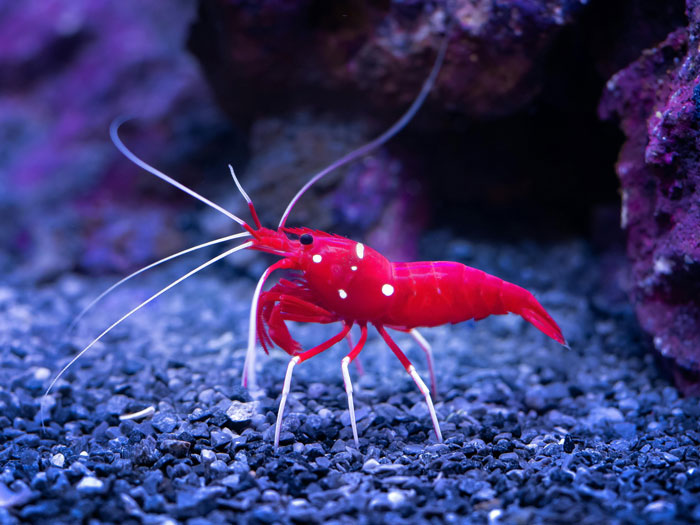
Fact: The pistol shrimp, also called the snapping shrimp, uses its specialized claw to create a cavitation bubble, producing shock waves that can stun or even kill prey. The sound produced is among the loudest generated by any animal in the ocean and can reach nearly 210 decibels—rivaling a gunshot.
- The shrimp snaps its claw shut at such high speed that it causes the water to boil and generates a flash of light—a phenomenon known as sonoluminescence.
- The resulting shock wave knocks out smaller creatures, making them an easy meal.
- These shrimp also use their ability for communication and defense.
“The pistol shrimp snaps shut its claw so fast it generates a bubble that reaches over 4,700°C, briefly hotter than the sun’s surface, and stuns its prey.”
[Smithsonian Ocean]
Immortal Jellyfish: Rewind Life’s Clock
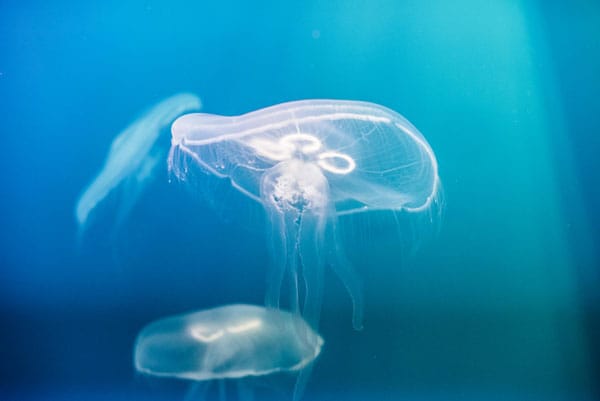
Fact: The “immortal jellyfish” (Turritopsis dohrnii) can literally reverse its aging process. When faced with physical damage or starvation, it reverts to its juvenile polyp stage, starting its life cycle anew—essentially rendering it biologically immortal.
- This process, called transdifferentiation, involves cells transforming into different types.
- While they’re not immune to disease or predation, their ability offers clues to longevity and regenerative medicine.
“Turritopsis dohrnii is the only animal known to revert completely to a sexually immature, colonial stage after having reached maturity.”
[National Geographic]
Electric Eels: Natural Powerhouses
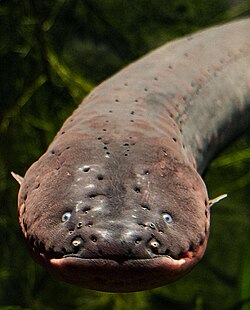
Fact: Electric eels (Electrophorus electricus) can deliver a shock of up to 600 volts—enough to knock down a horse. They use this bioelectric power for hunting, navigation, and self-defense.
- Their shock comes from specialized cells called electrocytes, stacked to amplify the electric charge.
- Eels emit electric pulses for communication and to locate prey in murky waters.
“Electric eels can generate both low and high-voltage electricity and have specialized organs responsible for producing these charges.”
[Smithsonian Magazine]
These topics may also interest you:
- Toxic and dangerous food items for dogs and cats
- Interesting Facts about Reptiles and Amphibians
- List of Indie/ Desi Dog Breeds
The Microscopic Marvels That Laugh at Death
Tardigrades: The Unkillable Water Bears
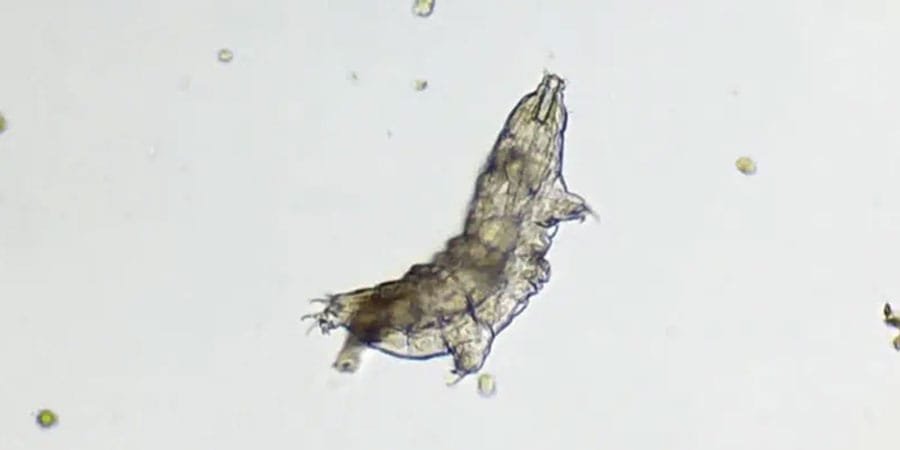
The most ridiculously indestructible creature on Earth: the tardigrade, affectionately known as the water bear. Picture a microscopic teddy bear with eight stubby legs, and you’re halfway there. But don’t let their adorable appearance fool you—these guys are basically the Chuck Norris of the animal kingdom.
Tardigrades can survive being frozen to absolute zero, heated to 300 degrees Fahrenheit, crushed under six times the pressure of the deepest ocean trenches, and blasted with radiation levels that would turn you into a glowing pile of ash. They’ve been to space, survived in the vacuum for days, and probably would have asked for a souvenir t-shirt if they could talk.
When conditions get tough, they simply shut down completely—no heartbeat, no metabolism, nothing—and enter a death-like state called cryptobiosis. They can stay like this for decades, then spring back to life the moment someone adds water, like the world’s most indestructible sea monkeys.
The truly mind-boggling part? Scientists think there might actually be tardigrades on the Moon right now, thanks to a crashed Israeli lunar probe that was carrying them as passengers. So while we’re down here arguing about whether we’ll ever be a spacefaring civilization, these microscopic bears have already claimed the Moon as their vacation home.
These topics may also interest you:
- How to manage yeast infection in dogs
- Different types of cats that people have as pets
- Animal Cruelty must be completely forbidden
Masters of Mayhem: When Défense Gets Creative
The Pangolin’s Armoured Ball Trick
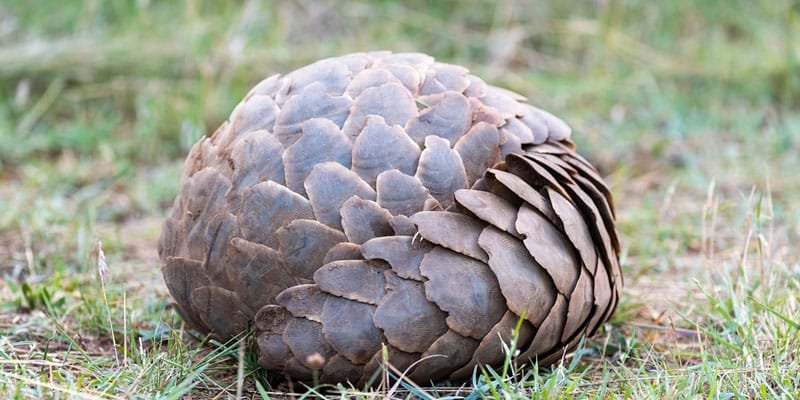
Speaking of defense strategies that would make a military strategist weep with envy, let’s talk about pangolins. These walking artichokes are the only mammals on Earth completely covered in scales, looking like they rolled out of a medieval armory. When threatened, a pangolin doesn’t run, doesn’t fight—it just rolls up into a perfect, impenetrable ball of keratin Armor that would make a basketball jealous of its spherical perfection.
The pangolin’s scales are made of the same stuff as your fingernails, except they’re arranged in overlapping patterns that deflect everything from leopard claws to lion teeth. Try as they might, predators simply cannot crack this biological safe. The pangolin just sits there, probably thinking pangolin thoughts about whether the danger has passed, while frustrated carnivores eventually give up and wander off to find easier prey.
Sadly, this incredible defense mechanism that protected pangolins from every natural predator for millions of years proves utterly useless against humans with sacks. Poachers simply pick up the rolled-up pangolins like bowling balls, making them the most trafficked mammals on Earth. It’s a sobering reminder that evolution’s most ingenious solutions sometimes can’t keep pace with humanity’s capacity for destruction.
The Frog That Channels Its Inner Wolverine
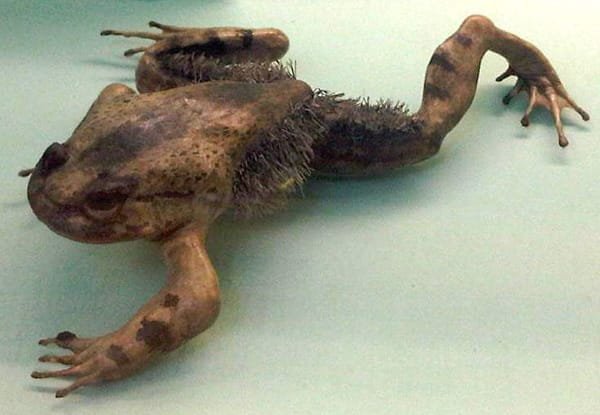
In the dense rainforests of Central Africa lives a creature that would make comic book writers proud: the hairy frog, also known as the horror frog or Wolverine frog. This seemingly ordinary amphibian has a party trick that would make even the most hardened predator think twice about lunch plans.
When cornered, this frog deliberately breaks the bones in its own toes and forces them through its skin to create improvised claws. Let that sink in for a moment. This frog literally shanks its attackers with its own skeleton. It’s simultaneously the most metal thing in nature and probably the most painful defense mechanism ever evolved. One can only imagine the evolutionary pressures that led to this adaptation: “You know what would be great? If I could stab things with my feet. Sure, it’ll hurt like hell, but think of the look on that snake’s face!
These topics may also interest you:
- How can we protect the animals in winter
- 7 Reasons why you should adopt a shelter Dog or Cat
- Types of Lizards
Romance Gone Wrong: When Love Hurts (Literally)
The Anglerfish’s Ultimate Clingy Relationship
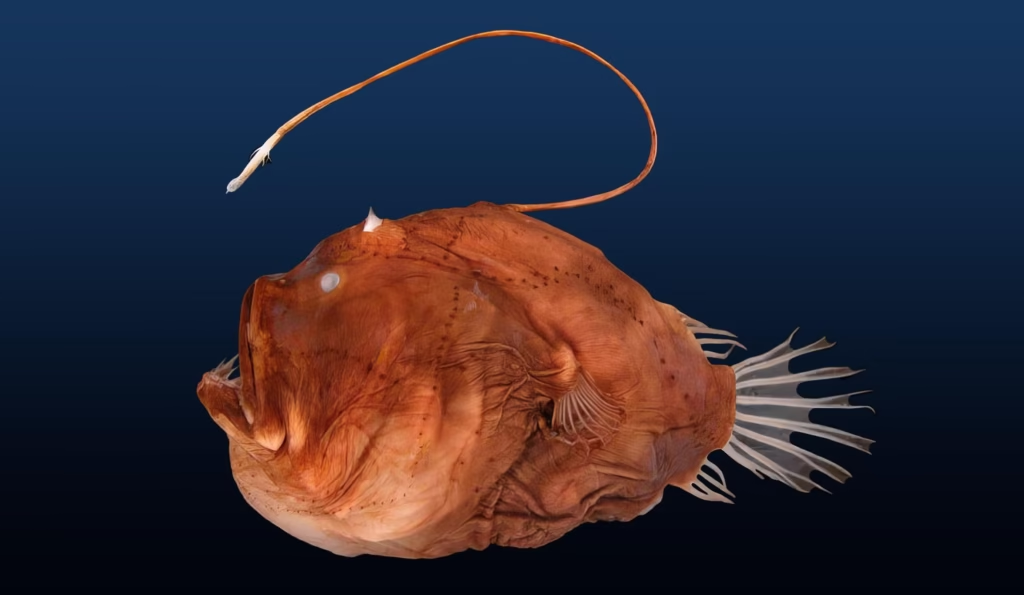
If you think human dating is complicated, spare a thought for the male anglerfish. In the pitch-black depths of the ocean, finding a mate is like trying to locate a specific grain of sand in a football stadium while blindfolded. So evolution came up with a solution that makes every romantic comedy seem quaint by comparison: permanent attachment.
When a male anglerfish finds a female, he doesn’t just ask for her number—he literally bites onto her body and never lets go. His tissues begin to fuse with hers, his eyes melt away, his organs dissolve, and eventually he becomes nothing more than a pair of gonads hanging off her body, sharing her bloodstream and existing solely to fertilize her eggs when the time comes. It’s the ultimate in relationship commitment, taken to its absolute, horrifying extreme.
The female anglerfish can collect multiple males this way, like some deep-sea collector of boyfriends. Picture her swimming through the abyssal darkness, a glowing lure bobbing from her head, trailing her harem of dissolved male companions behind her like grotesque accessories. It’s simultaneously the most romantic and most disturbing love story in the ocean.
The Hippo’s Romantic Waste Management
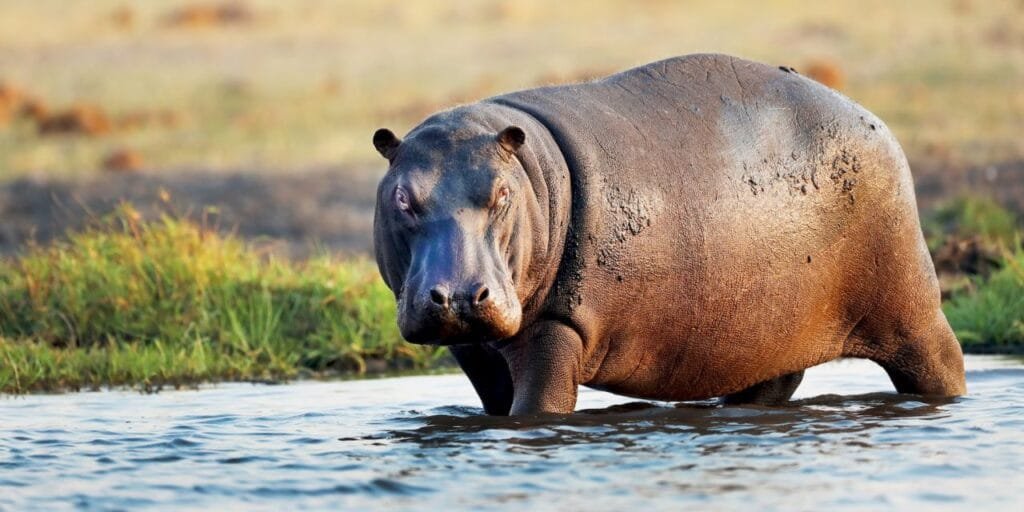
If you think romantic dinners and flower bouquets are impressive, you clearly haven’t witnessed a male hippopotamus trying to woo a mate. These river behemoths have elevated courtship to an art form that involves bodily functions most of us would rather not discuss at dinner parties.
When a male hippo spots a female he fancies, he begins his seductive routine by spinning his tail like a propeller while simultaneously defecating and urinating, spraying the aromatic mixture far and wide to ensure every female in the vicinity knows he’s available. If this disgusting display catches a female’s fancy, she expresses her interest by raising her rear end out of the water and showering him with her own dung in a behaviour scientists delicately term “submissive defecation”.
The fact that scientists had to invent a formal term for this behavior suggests they’ve spent considerable time observing and documenting hippo courtship, which makes you wonder about the dedication required for a career in animal behavior research. Somewhere in the world, there’s a researcher whose job description includes “hippo poop romance specialist.”
These topics may also interest you:
Dogs
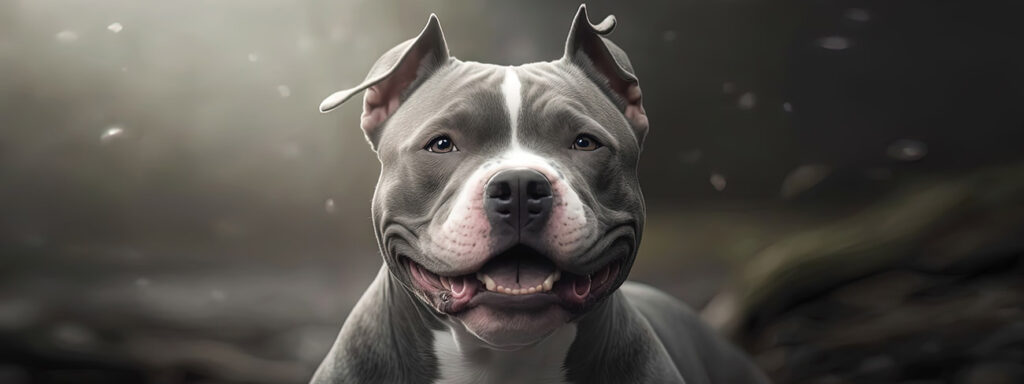
We are starting the list with our most beloved animal.
Largest Dog
According to Guinness World Records, the longest and heaviest dog ever recorded was Aicama Zorba of La-Susa, an Old English Mastiff owned by London resident Chris Eraclides. In 1987, Zorba weighed 343 pounds and measured 8 feet, 3 inches from nose to tail.

Smallest Dog
The world’s smallest dog is Milly, a 1-pound Chihuahua born in 2011. The Guinness World Record-holding pup stands just under 4 inches tall. Chihuahuas are the smallest dog breed in the world and typically weigh no more than 6 pounds.

Oldest Dog
According to Guinness World Records, the oldest dog was Bobi. Bobi lived to be 31 years 165 days old and spent his entire life with his loving owner Leonel Costa and his family in the Portuguese village of Conqueiros.
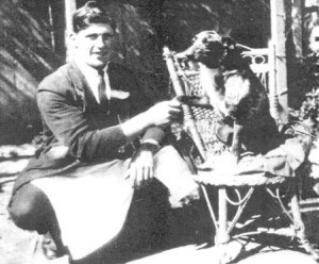
These topics may also interest you:
Longest jump
Bang, A Greyhound, jumped 9.14 meters while chasing a hare at Brecon Lodge in Gloucestershire.
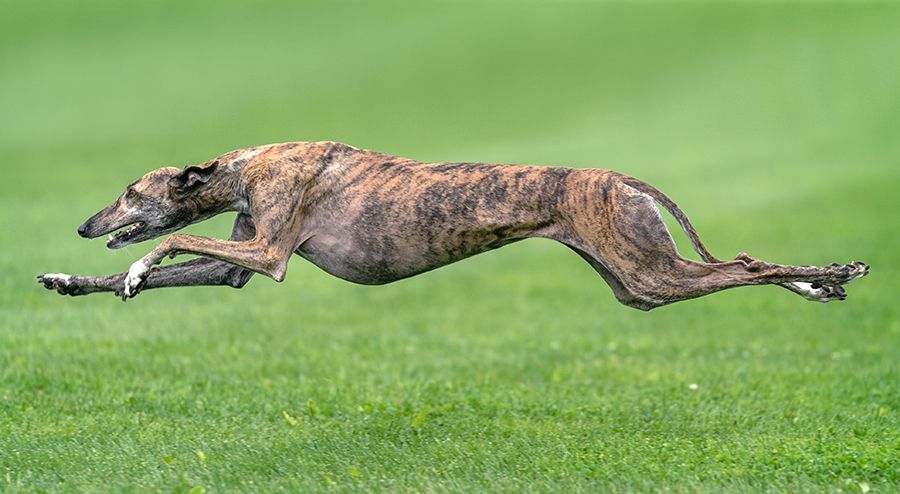
Greatest climber
Tschingel, a female Beagle, climbed more than 50 mountains in the alps, including the 4,165m Jungfrau and the 3,974 Eiger.

Barrie and Luath
Luath, a Landseer Newfoundland dog, was the model in Barrie’s book, Peter Pan.
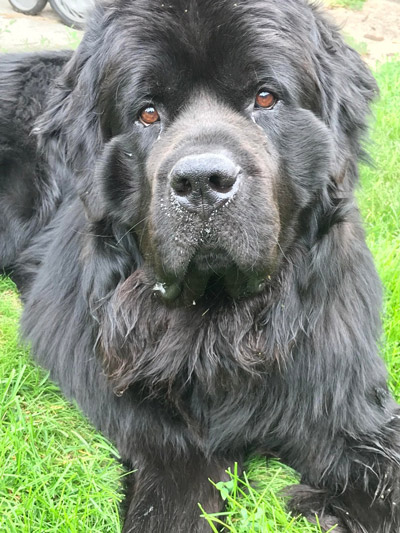
These topics may also interest you:
Charles Schulz and Spike
American Cartoonist Charles Schulz based his comic character Snoopy on his family’s Basset Hound Spike. In later, strips, a dog called Spike appears as Snoopy’s brother.

Most Intelligent Dogs
American Psychology Professor and Pet Trainer Stanley Coren ranked 133 breeds of dogs for intelligence. He studied their responses to a range of IQ tests, as well as the opinions of Judges in Dog Obedience Tests.
The Top Five Breeds were:
- The Border Collie
- Poddle
- German Shepherd (Alsatian)
- Golden Retriever
- Doberman Pinscher

These topics may also interest you:
- What to Expect When You’re Expecting a New Puppy: A Guide for First-Time Owners
- How to Introduce Your Cat to Other Pets
- 10 Surprising benefits of having a cat in your life
Cats
Cats conserve energy by sleeping for an average of thirteen to fourteen hours a day. They have highly flexible bodies.

First known named cat
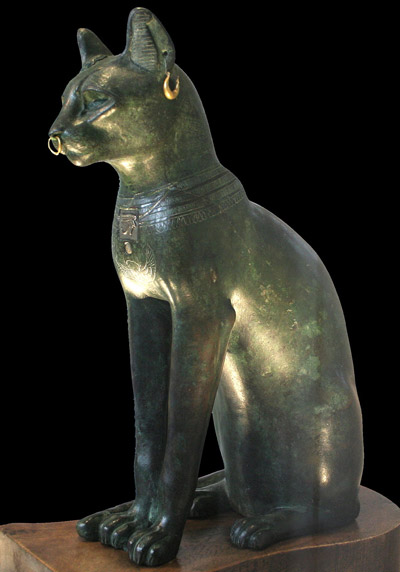
The first cat recorded as having a name was called Nedjem, meaning star. It lived in the reign of Egyptian Pharaoh Thutmose III (1479BC – 1425BC)
These topics may also interest you:
- Common health problems in cats and how to prevent them
- 10 Common Health Issues in Hamsters and How to Treat Them
- Why Hamsters Are The Best Small Pets For Kids
Biggest Breed
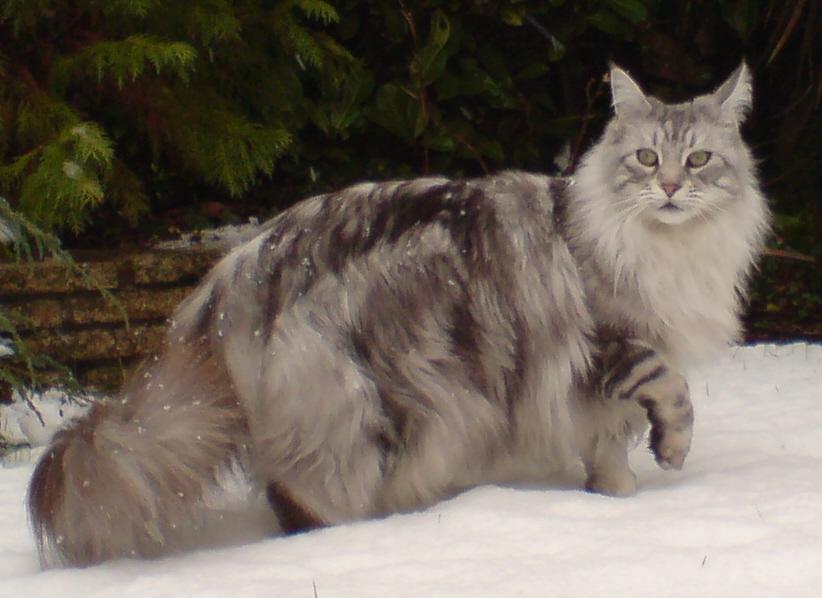
Maine Coons are North American Breed of Muscular, Big Boned Cats. Males often reach (6 – 8) Kg in weight.
World’s Smallest Cat
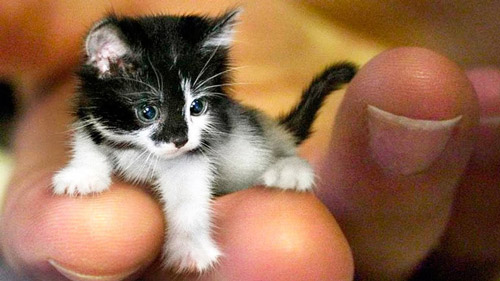
Tinker Toy, a male Blue Point Himalayan owned by Katrina and Scott Forbes of Illinois, USA, was 7cm tall, 19cm long and weighs 625g.
Largest Litter
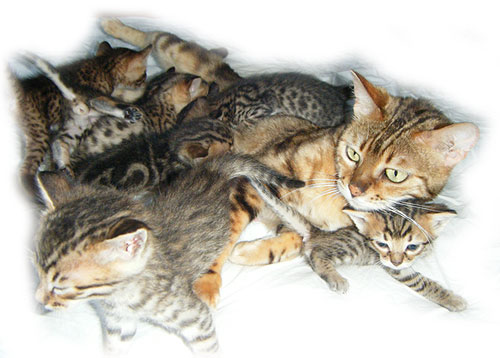
In 1970, Tara Wood Antigone, a female Burmese owned by Valerie Gane of Kingham, Osforshire, gave birth to 19 kittens, fifteen survived.
These topics may also interest you:
- The Benefits of Adopting an Older Dog – Give Them a Second Chance
- 10 Reasons Why Dogs Make the Best Pets – Adopt a Dog Today
- How to protect pet dogs, cats and strays from heat wave
Big Mouser
Towser, a female Tortoiseshell owned by Glenturret Distillery, Tayside, caught an estimated total of 28,899 mice during her time there.

Abraham Lincoln and Tabby

Tabby was one of the first white house cats.
Domenico Scarlatti and Pulcinella

The Italian composer’s beloved orange tabby cat, Pulcinella, used to jump on to his Harpsichord Keyboard and stroll along the keys. This inspired Scarlatti to compose Cat Fugue.
These topics may also interest you:
- 10 Tips for Traveling with Your Dog: Making Trips Hassle-Free
- How to Introduce a New Cat to Your Home
- 10 Pet Animals For Emotional Support
Dolphins
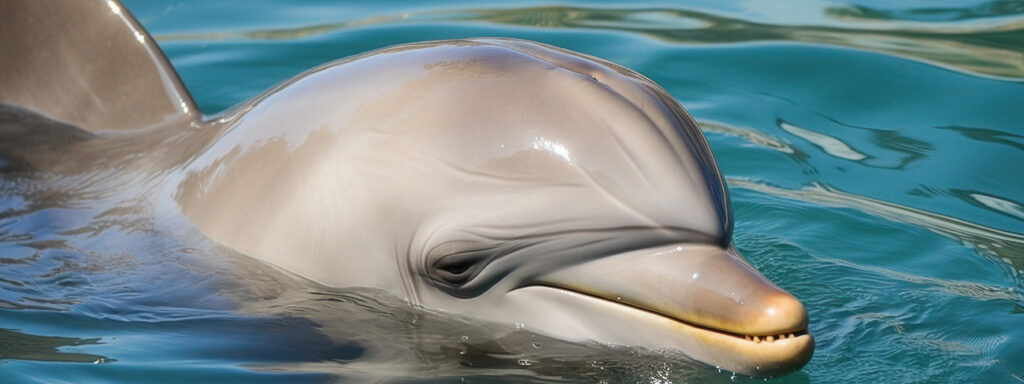
Social Structures
Dolphins are highly social animals that live in complex social structures called pods. These pods can consist of just a few individuals to over a hundred dolphins.
Dolphins often engage in cooperative hunting and play. They are known for their playful behavior, including surfing on waves and playing with objects.
Echo-location Skills
Dolphins use echo-location to navigate and hunt in the water.
By emitting clicks and listening to the returning echoes, they can determine the location, size and shape of objects.
This sophisticated method of sensing their environment is vital for their survival in the often murky ocean waters.
These topics may also interest you:
- Types Of Pet Allergies and How to Treat Them
- Why I Started This Blog Page?
- 10 Ways to Get Involved with Pet Owners in Your City
Turtles and Tortoise
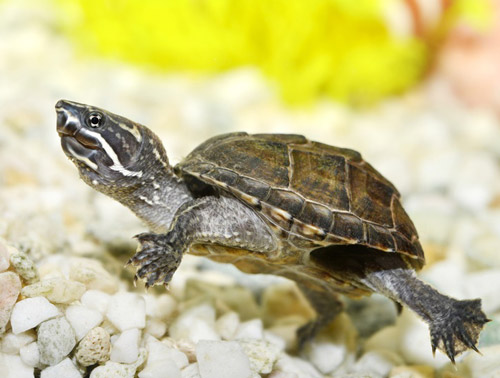
The smallest turtle or tortoise is the Common Musk Turtle which is 7.62cm long and weighs 227gm.
Turtles are very popular pets and can be terrific for people who want a fascinating animal to look at and appreciate.
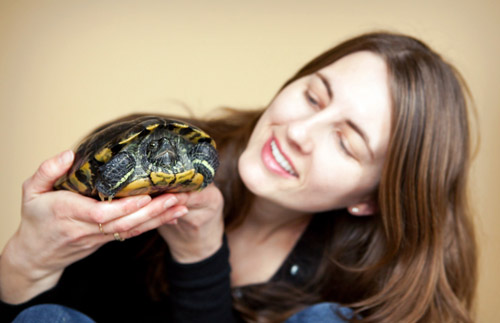
Not all turtles swim, not all turtles live long.
These reptiles all have a hard shell that protects the body. There are about 250 species, some of which live in the sea, others in fresh water and the rest on land.
Longevity
Tortoises are known for their long lifespans, with some individuals living over 150 years.
Their slow metabolism and sturdy shell contribute to their longevity, making them some of the oldest living creatures on Earth.
Unique Shell Structure
A tortoise’s shell is not just a protective covering; it’s a part of its skeleton.
The shell is made up of over 50 bones, including the rib cage and spine, providing both protection and structural support.
These topics may also interest you:
- How to educate people and children about animal welfare
- What are the conditions needed to become a foster parent for cats and dogs?
- How to Cope with Losing Your Pet
Birds
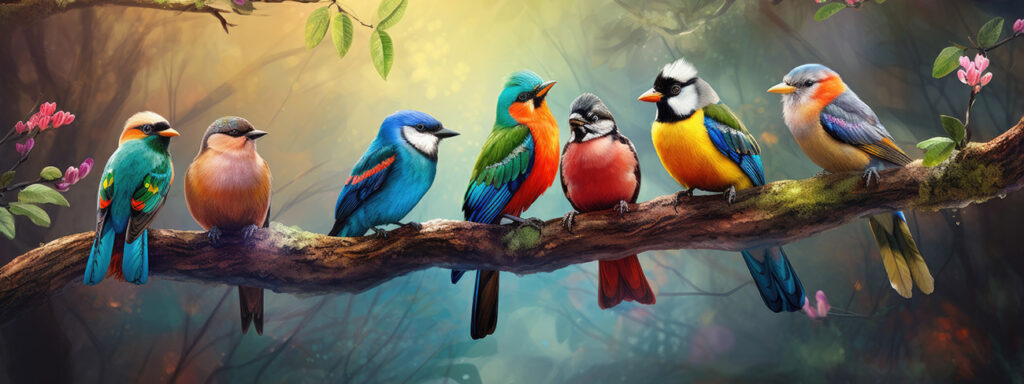
All birds have feathers and most, but not all, can fly. Birds reproduce by laying eggs from which their young hatch.
Peacock
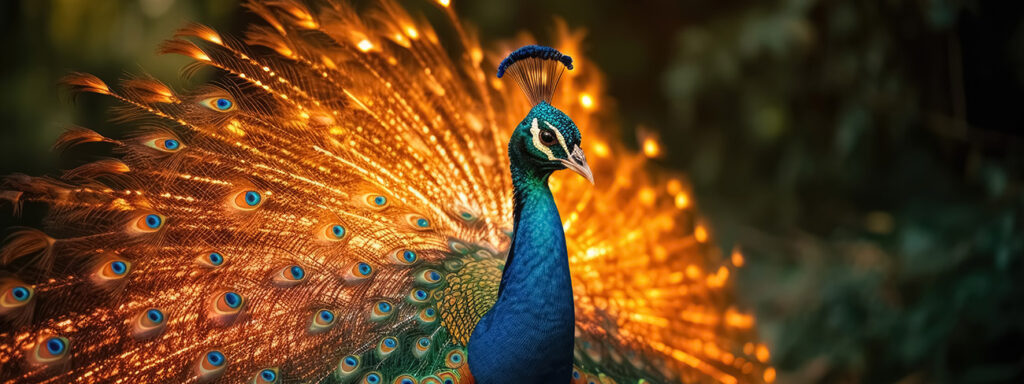
Courtship Displays
Peacocks are famous for their extravagant tail feathers, which they fan out in a stunning display during courtship rituals.
The vibrant colors and intricate patterns are used to attract females and the size and quality of the tail can indicate the health and genetic fitness of the male.
Feather Composition
The brilliant colors of peacock feathers are not due to pigments but are a result of microscopic structures that reflect light in different ways.
This phenomenon, known as structural coloration, creates the iridescent effect that makes peacock feathers so mesmerizing.
Humming Bird
The smallest bird is the Bee Humming Bird which is 5.7cm long and weighs 1.6gm. Humming Birds are the only known birds that can also fly backwards. They often do this when retreating away from flowers.
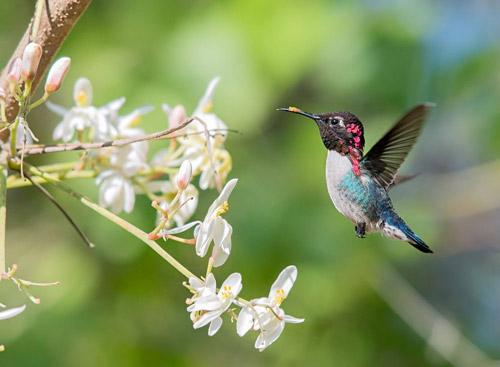
These topics may also interest you:
- Indoor vs. Outdoor Cats Pros and Cons
- Senior Pet Care Tips. How to Keep Your Aging Pet Comfortable?
- The Rise of Pet Tech: How Smart Devices Are Changing Pet Care
Flamingo
Flamingos are not pink. They are born grey. Their diet of Brine Shrimp and Blue Green Algae contains a natural pink dye called Canthaxanthin that makes their feather pink.
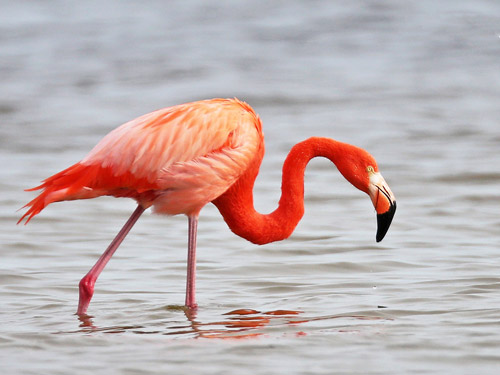
Parrot
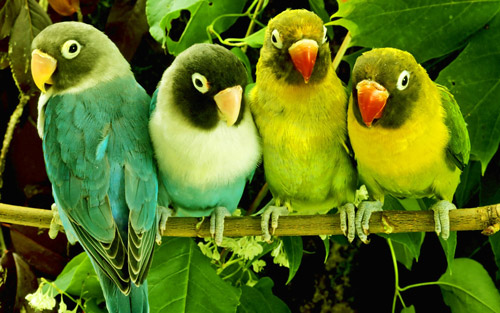
A group of parrots is known as Pandemonium.
Crow
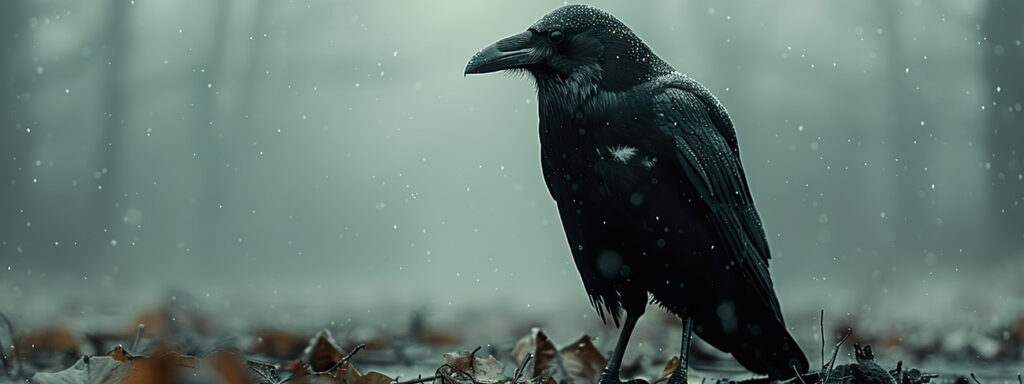
Tool Use
Crows are incredibly intelligent birds known for their ability to use tools.
They have been observed using sticks to extract insects from tree bark and even bending wires into hooks to retrieve food.
This level of problem-solving ability is rare in the animal kingdom and highlights the crow’s remarkable cognitive skills.
Problem-Solving Abilities
Crows can solve complex puzzles and remember human faces, distinguishing between friendly and threatening individuals.
Their problem-solving abilities are comparable to those of great apes, making them one of the most intelligent bird species.
These topics may also interest you:
- Homemade Pet Food: Is It Healthier Than Store-Bought?
- How to Socialize Your Pet: Tips for Puppies, Kittens & Rescues
- How to Create a Pet-Friendly Home Without Compromising Style
Eagle
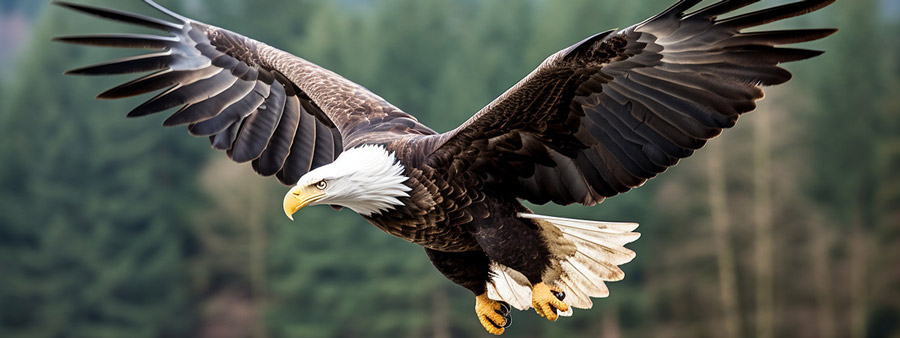
Vision
Eagles have some of the best vision in the animal kingdom. They can see up to eight times farther than humans, allowing them to spot prey from great distances.
Their eyes are specially adapted to detect movement and focus on objects with incredible precision.
Hunting Techniques
Eagles are powerful hunters, using their sharp talons and beaks to catch and kill their prey.
They often hunt by soaring high in the sky and then diving at high speeds to snatch up animals on the ground or in the water.
Bird Egg Facts
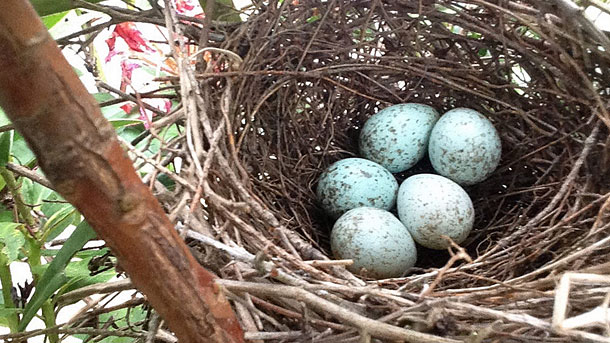
The Biggest Ostrich Eggs can weigh as much as 2.35Kg but they are not the largest eggs of all time.
| Birds | Average Egg Weight Range (gram) |
|---|---|
| Ostrich | 1,350 – 1600 |
| Kiwi | 430 – 450 |
| Mute Swan | 300 – 340 |
| Eagle | 100 – 145 |
| Sparrow | 1.5 – 3 |
| Snowy Owl | 45 – 70 |
| Albatross | 545 – 595 |
Penguins
There are 17 types of Penguins. Emperor Penguins are the largest of all, growing up to 1.3m tall and weighing up to 45Kg. They live in Antarctica, one of the coldest places on Earth, where there are an estimated 200,000 breeding pairs.
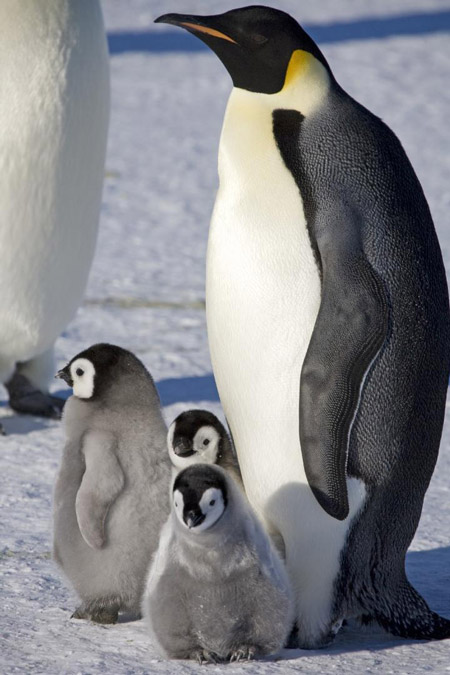
These topics may also interest you:
- When Should Obedience Training Be Started for Puppies?
- 5 Fun Ways to Include Your Pet in Holiday Festivities
- Why Cats Make Amazing Companions
Chameleon
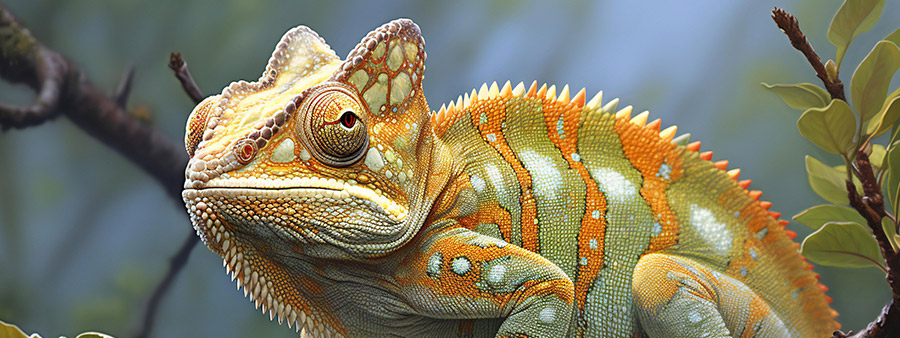
Color Change Mechanisms
Chameleons are famous for their ability to change color, but this skill is not just for camouflage.
Color change can also indicate a chameleon’s mood, communicate with other chameleons and help regulate their body temperature.
Eye Movement Independence
Chameleons have the unique ability to move their eyes independently of each other.
This allows them to look in two different directions at once, giving them a wide field of view to spot prey and predators.
These topics may also interest you:
- How to Make Your Own Dog Treats
- What to Look for When Adopting a New Cat
- 10 Fun Brain Games for Dogs
Horse
They have a better sense of smell. Horses are undeniably clever animals. Horses can run shortly after birth. Horses like sweet flavors and don’t like anything sour or bitter.
The fastest recorded sprinting speed of a horse was 88 kph (55 mph).
Longest Living Horse
A 19th century horse named ‘Old Billy’ reportedly lived 62 years. Billy’s skull now resides in the Manchester museum.

Smallest horse
Thumbelina is the world’s smallest horse. Thumbelina is a dwarf miniature horse.
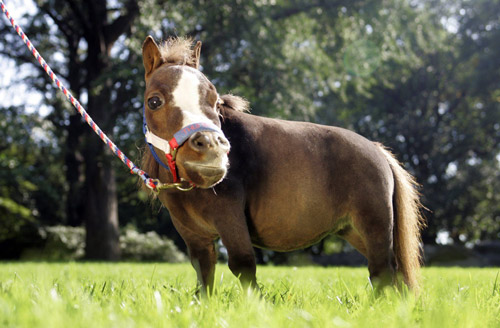
These topics may also interest you:
- 5 Challenges That Made Me a Better Pet Parent
- 10 DIY Cat Toys
- How to Host a Pet-Friendly Event in Your Community
Pandas
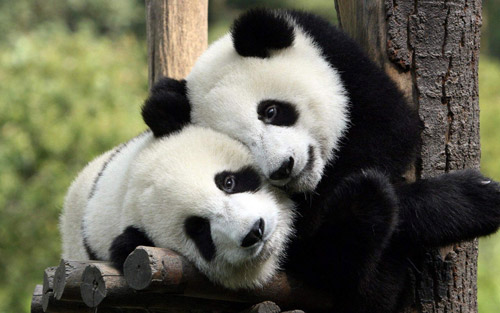
Pandas must eat (25-90) pounds or (12-38) Kg of Bamboo every day to meet their energy needs. This is because Bamboo contains low nutritional value, so they have to eat it in vast quantities to survive.
Although the giant panda possesses the digestive system of a carnivore, they have evolved to depend almost entirely on Bamboo.
These topics may also interest you:
- How to Help Your Pet Get Over Their Car Anxiety
- Natural Remedies to Get Rid of Fleas and Ticks
- Common Behavioral Problems in Cats and How to Fix Them
Koala
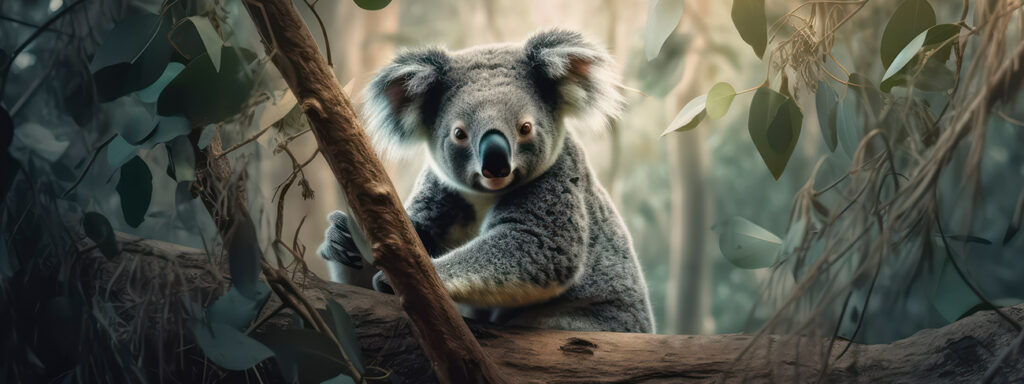
Diet and Sleep
Koalas have a very specialized diet, feeding almost exclusively on eucalyptus leaves.
These leaves are low in nutrients and require a lot of energy to digest, which is why koalas sleep up to 20 hours a day to conserve energy.
Fingerprints
Interestingly, koalas have fingerprints that are very similar to human fingerprints. So much so, that they can be mistaken for human fingerprints at a crime scene!
This unique trait helps them grip tree branches as they navigate through the forest.
These topics may also interest you:
- How to Train Your Dog to Not Have Food Aggression
- 7 Tips That Will Save You Money as a Pet Parent
- 5 Puppy Behaviors to Nip in the Bud Early
Elephants
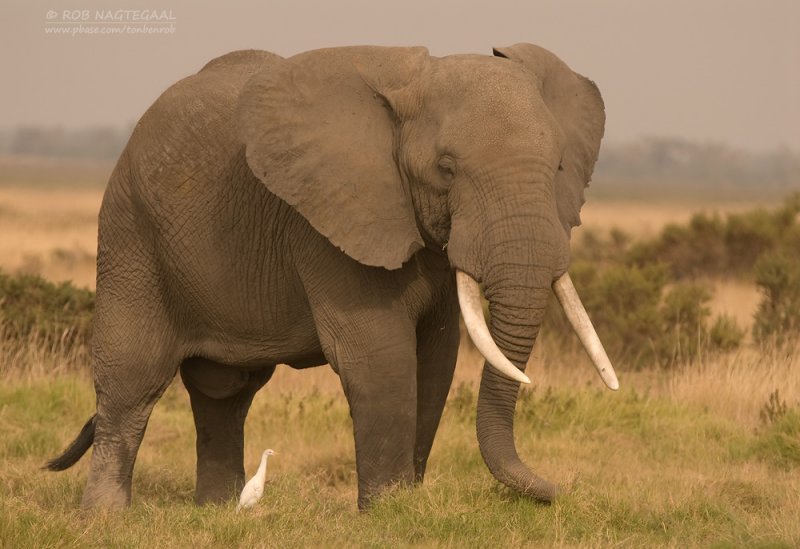
Elephants are the largest land animal on Earth and they are one of the most unique looking animals too.
There are two species:
- The Asian Elephant (ELEPHAS MAXIMUS)
- The African Elephant (LOXODONTA AFRICANA)
Both species live on separate continents and have many unique features.
Elephants are very social and can communicate with one another and identify other elephants from distances up to 2 miles.
Memory and Intelligence
Elephants are well known for their remarkable memory and intelligence.
They are known to remember:
- Watering Holes
- Migratory Routes
- Even recognize individual humans and other elephants they haven’t seen in years.
This incredible memory is crucial for their survival in the wild, where they often traverse large areas in search of food and water.
Communication
Elephants can communicate using:
- A variety of Sounds
- A variety of Gestures
- Even Seismic Signals
They produce low-frequency rumbles that can travel through the ground, allowing them to communicate over long distances. This form of communication helps maintain social bonds and coordinate group movements.
These topics may also interest you:
- How to Clip Your Pet’s Nails Without the Drama
- How to Introduce Your Pets to a New Baby
- 10 Things You Should Know Before You Go Hiking with Your Dog
Octopus
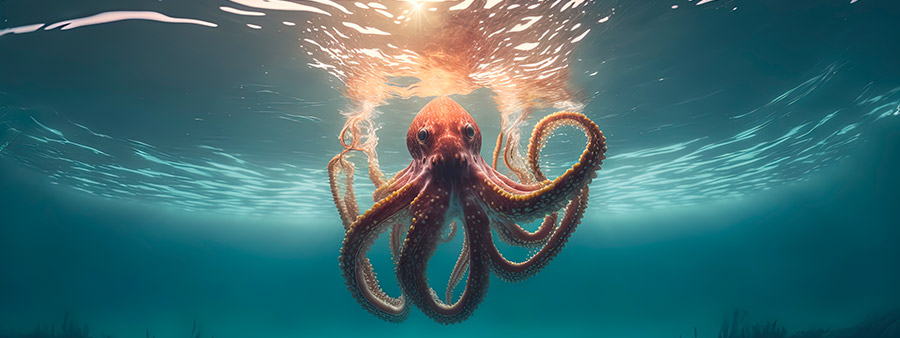
Camouflage Skills
Octopuses are masters of disguise, capable of changing their skin color and texture to blend in with their surroundings.
This camouflage helps them avoid predators and sneak up on their prey, making them highly effective hunters.
Problem-Solving Intelligence
Octopuses are incredibly intelligent, capable of solving puzzles, escaping from enclosures, and even using tools.
Their problem-solving abilities and adaptability make them one of the most fascinating creatures in the ocean.
These topics may also interest you:
- How To Keep Your Longhaired Cat’s Fur from Matting
- How to Pick the Best Toys for your Dog
- 10 Fruits and Veggies that Double as Healthy Dog Treats
Jellyfish
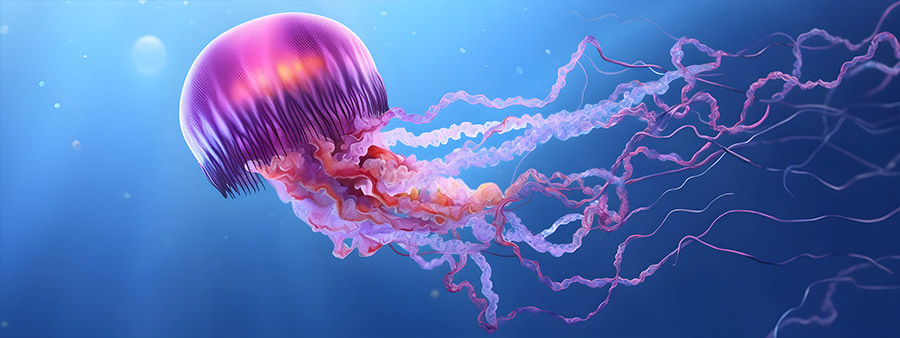
Bioluminescence
Many jellyfish species are bioluminescent, meaning they can produce light. This ability helps them attract prey, deter predators and communicate with other jellyfish.
The mesmerizing glow of jellyfish adds to the wonder of the ocean depths.
Unique Reproduction
Jellyfish have a unique life cycle that includes both sexual and asexual reproduction.
They can release eggs and sperm into the water, and their offspring can clone themselves, creating genetically identical colonies.
These topics may also interest you:
- How to Train Your Dog to Walk on a Leash
- 5 Tips on Drama Free Cat Baths
- 10 Ways to Encourage Good Behavior in Your Puppy
Alligators and Crocodiles
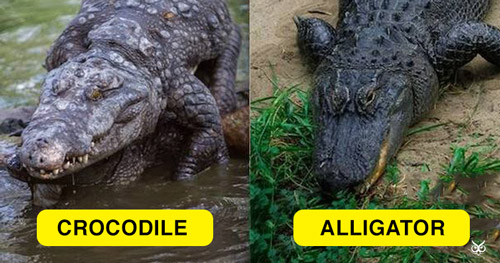
There are 23 species in the crocodile family, including Alligators, Caimans and Gavials. All are large reptiles with long bodies and short legs. Most alligators and caimans have wide U – shaped snouts, but crocodiles have narrower V – shaped snouts.
The Gavial has very long slender jaws – just right for catching fish. In alligators and caimans. The teeth of the lower jaws into pits in the upper jaw and cannot be seen when the mouth is closed.
In crocodiles the fourth tooth on each side of the lower jaw fits into notch on the upper jaw, so they are always visible. Crocodiles are generally bigger and more aggressive than alligators.
Survival Adaptations
Crocodiles have been around for millions of years, largely unchanged. Their survival can be attributed to their powerful jaws, tough skin and incredible hunting skills.
They can stay underwater for long periods and have a high tolerance for saltwater, allowing them to thrive in various environments.
Jaw Strength
Crocodiles have one of the strongest bites in the animal kingdom. Their powerful jaws can crush bones and hold onto their prey with immense force, making them formidable predators.
These topics may also interest you:
- What Kind of Leash Should You Buy Your Dog?
- 10 Silly Things Our Pets Do That Are Adorable
- 5 Best Brushes for Dogs
Whale
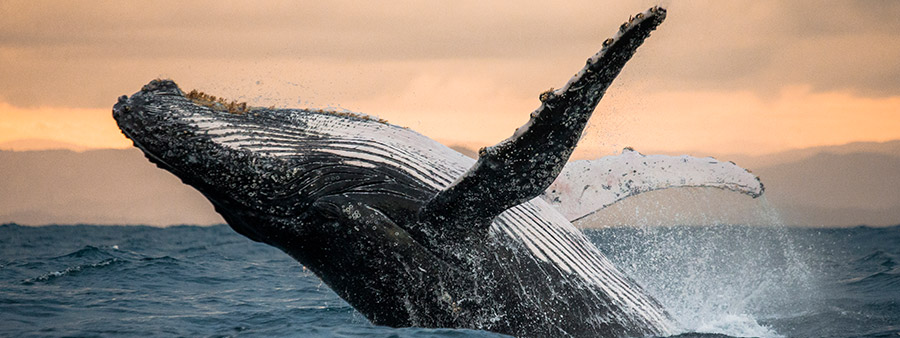
Communication via Songs
Whales are known for their complex songs, which they use to communicate with each other over vast distances.
These songs can last for hours and are often passed down from generation to generation, creating a unique cultural tradition among whale populations.
Immense Size and Diet
Whales are the largest animals on Earth, with some species like the blue whale reaching lengths of up to 100 feet.
Despite their size, many whales feed on tiny krill and plankton, filtering large quantities of water through their baleen plates to capture their food.
These topics may also interest you:
- 5 Common Signs of Stress in Dogs and Cats
- How to Deal with a Jealous Pet
- 5 Signs to never ignore in pets
- Ideas Keep Dog Entertained While Home Alone
- What You Need to Know About Pet First Aid
- 5 Products That Keep Your Pet’s Mind Busy While You’re at Work
- Is It Okay to Let My Dog Run Off-Leash?
- Teaching Discipline the Fun Way: How to Train Your Dog Without the Stress
- Pet Shopping Guides You Should Read Before Making A Purchase
- 7 Best Tips For Choosing Pet Clothing And Cool Pet Beds
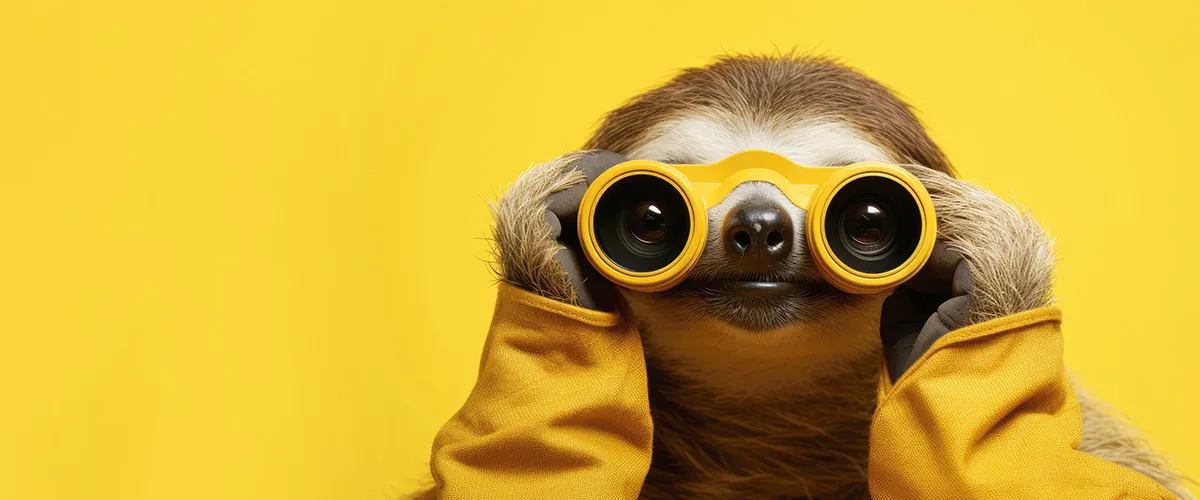

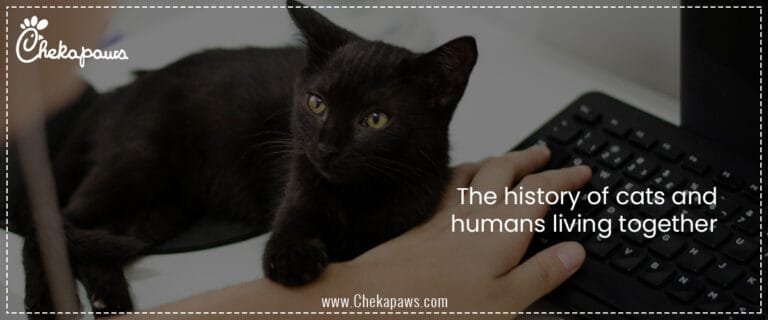
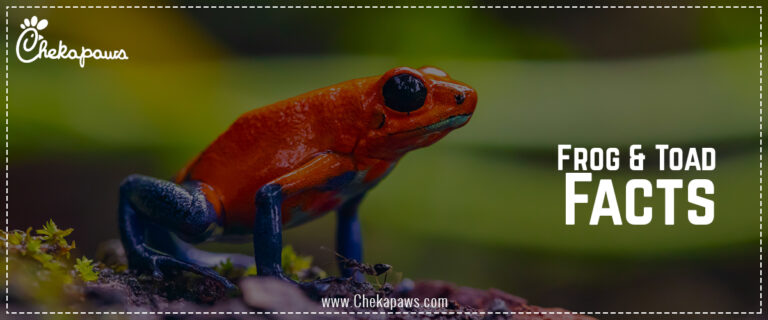




Wow! very interesting facts, good job!
Good
I wish my best Vrinda for her new website with from ur friend Harjot ☺️☺️ best of luck.